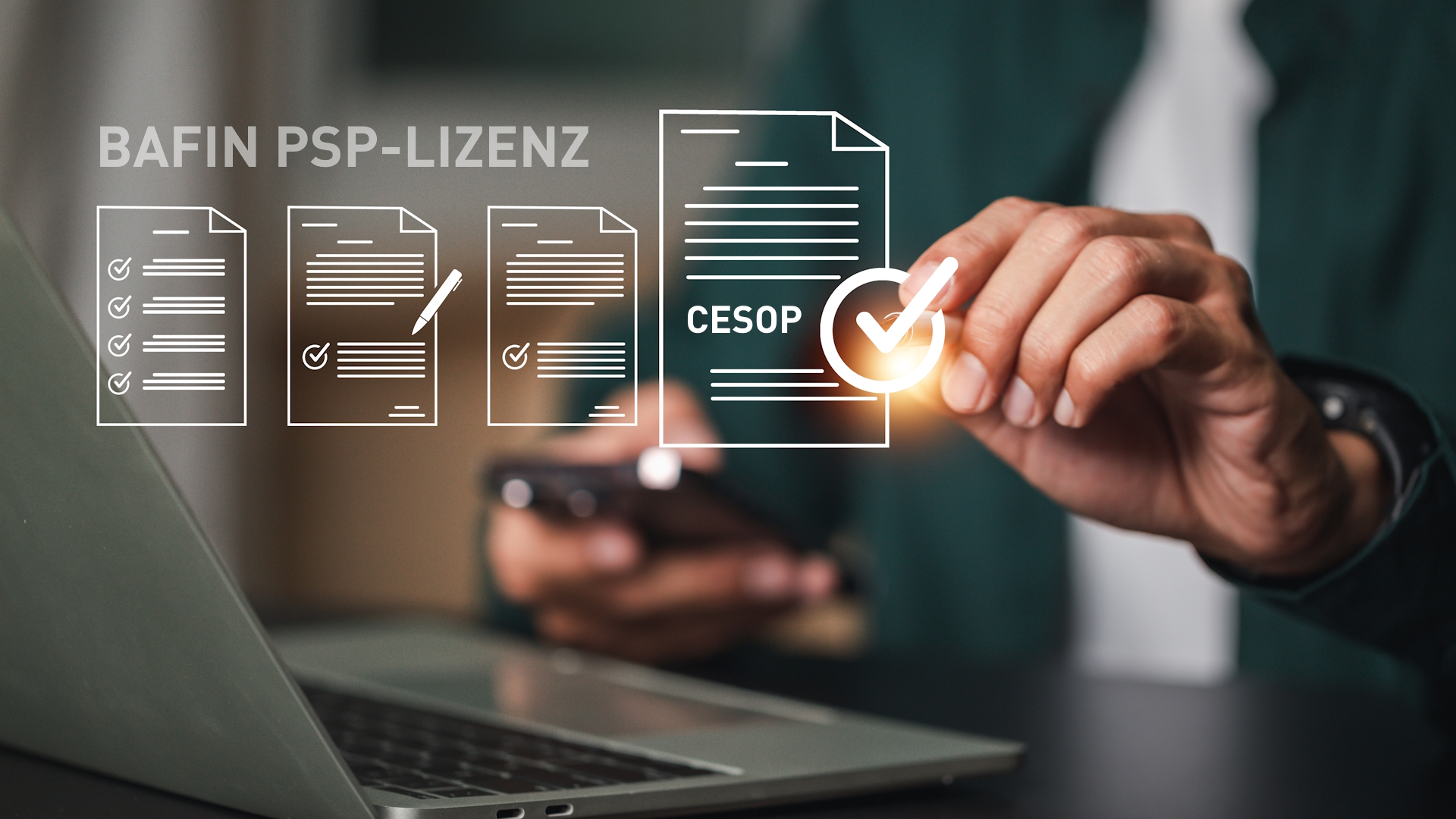By Joachim Dorschel and Kai Roßdeutscher
In this article, we take a closer look at the question of what practical relevance programmable money can actually have for payment transactions. To start with, the following considerations refer to all the varieties of programmable money under discussion, i.e. both those issued by private stakeholders and those issued by central banks. The specific benefits and drawbacks of CBDC are discussed in more detail in the third part of the series.
I. Demands and initiatives of market participants
In the course of the past 12 months, there has been a fairly unanimous call from the digital economy and the financial industry, requesting the introduction of a programmable euro.[1] One, does, however, wonder whether the demand for programmable money in the euro zone is really that great when hardly any European institution has undertaken any serious efforts since the introduction of Bitcoin to actually issue corresponding payment instruments (e.g. Stablecoins) on the basis of its own banking licence.
The Association of German Banks (BdB) calls for a solution that is coordinated by policymakers throughout Europe and is secured by regulation. This is understandable when viewed from the perspective of the current market conditions in the financial industry. However, it does appear to ignore the disruptive dynamics that can unfold with new technological concepts. Representatives from the music industry who witnessed the beginning of the 2000s, know only too well how little digital reality cares about established market practices as well as legal and regulatory frameworks.[2]
Thus, one could ask the question as to whether there really is such a great demand for programmable money on the market, and whether it is only a matter of time before the technical possibilities manifest themselves in real offers – either with or against the established market participants. The mere fact that countries such as China are pushing for appropriate solutions or Big Techs such as Facebook are making the corresponding announcements may be suited as an alarmist moment to bring the topic into the focus of public discussion. They are not, however, proof of real demand.
II. Use Cases in the Present Day and Age?
In the present day and age, there are some indications that the available offers already satisfy market demand in the area of payment transactions to a great extent.
1. Corporate Banking
In corporate banking, high-performance systems for real-time payments in the Single Euro Payments Area (SEPA) have been available for many years. It would appear that existing deficits afflicting cross-border transactions are gradually being closed by further developments such as SWIFT gpi. When being honest, it has to be admitted that the money side of securities transactions, which more often than not is a use case often traded for programmable money, is already well-organised, at least in the area of T2S application . There can be no doubt that there is potential for optimisation. Yet it does not appear to be great enough to motivate relevant market participants to issue tokens designed specifically for the money side of the settlement of financial markets transactions.
2. Retail Banking
In retail banking, at least initially, the picture is no different. Instant Payments is available for the entire SEPA. In the cross-border area, established providers such as Western Union and MoneyGram, in addition to countless FinTechs, have developed a wide range of services for payment transactions, covering the main use cases such as home transfers and e-commerce.
3. Developing Countries
There is a clear need for programmable money in countries where large swaths of the population are unable to use banking services or where financial systems are poorly-developed. However, the markets there do not seem lucrative enough to justify nationwide offers, despite the enormous number of people affected. Apart from this, mobile phone providers have also discovered the market there and developed alternative mobile payment offers.
4. Ideological Considerations
Rather ideological considerations such as the establishment of a purely algorithmically controlled financial system independent of state control, as expressed in connection with Bitcoin, for example, go directly against the interests of the financial industry and central banks alike. In the absence of better alternatives, it would be hard to believe that any market participant could wish that the current means of monetary policy would no longer work. In democratic societies with a functioning constitutional state, there is also not much to be said for allowing financial transactions to be effected on an unlimited and wholly anonymous basis.
5. Summary
Is it, therefore, the case that the hesitation of European market participants when it comes to the development of programmable money, despite lip service to the contrary, follows the sober realisation that there is no demand on the market for corresponding offers? And, should this be the case, is it even worth the market participants’ while to deal with the topic? In our opinion, so as to evaluate the potential of programmable money, we need to take a look beyond the current forms of mapping and transferring money. Here, two aspects are essential: The representation of (book) money as a receivable of individuals, and its transfer exclusively within a closed system of financial market stakeholders.
III. Potentials and the chicken-and-egg problem
1. Money as a receivable in the industry 4.0 age

For non-banks, money only exists in two legal forms: Through ownership and possession of cash, i.e. notes and coins, and as a claim against a financial institution in the form of demand deposits. Here, the latter is the dominant form for the exchange of funds, especially in the B2B economy.
However, by definition, receivables require a natural or legal person as the holder. Accordingly, a bank account, just like an account that is used to represent e-money, must always be in the name of such a person. The linking of receivables to objects is familiar to law and business practice for collateral (e.g. land charge, mortgage, security interest or lien), but not for the representation of financial transactions.
Increasingly and especially in industry, scenarios are being discussed under the heading of IIoT or Industry 4.0, in which networked machines make and receive payments themselves. The same applies to the design of Smart Cities. Such use cases can only be represented indirectly with the existing means of payment transactions. Transferring funds directly to a machine itself would only be possible by depositing cash in or at the machine – a principle that has always been followed by coin-operated machines.
With programmable money, it would be easy to provide machines or their digital twins with wallets and as such, based on whatever legal construction, to assign financial values directly to them. This is true irrespective of whether these financial values are legally a receivable against an issuer of programmable money or, as is the case of CBDC, central bank money equivalent to cash.
2. Smart Contracts in closed and open payment systems
Only banks can create book money and hold bank accounts. Therefore, the transfer of book money is effected in a closed system between banks. From the vantage point of the real economy, interaction with a bank is always necessary for the transfer of funds. For this purpose, established interfaces exist, such as EBICS, FinTS, etc.
The functionality of these interfaces is beyond question. However, the entire system is always based on the fact that the payer is free to decide to initiate a transaction or not. The PSD2 stipulates this principle from a regulatory point of view and requires a specific authentication on the part of the payer to guarantee this.
This means that it is always in the payer’s hands to fulfil a receivable against him. Cases in which the payee requires the security of actually receiving the payment at the scheduled time require a third party, whether as trustee or guarantor.
By contrast, when developing Smart Contracts that are based on DLT, it is, generally-speaking, possible to automate debt relationships in such a way that the fulfilment of receivables, if the corresponding prerequisites are satisfied, is carried out automatically, independently of further execution actions by the contractual partners. However, if the fulfilment of a receivable consists of a monetary payment, then an instruction from the Smart Contract must be made into the closed system of payment transactions. Currently, this is not possible without the payer explicitly authorising the execution of the payment.
On the other hand, programmable money, which allows the integration of wallets in Smart Contracts, would allow the seamless self-execution of contracts including the payment. Where we currently have service providers who act as a kind of trustee, thereby mitigating risks of default in contracts (think of PayPal’s buyer protection), algorithms could be used to ensure contract-compliant processing. Such a possibly risk-free processing of step-by-step transactions could significantly reduce transaction costs in a wide range of economic sectors.
3. Summary
The topic of programmable money seems to be facing a chicken-and-egg problem. The business models for which programmable money would actually be needed do not yet exist, but without programmable money they also cannot be developed in a meaningful way. This might explain why the industry is waiting for the financial industry and the financial industry is waiting for the central banks and the regulator. However, in the USA (Libra) and in China (digital national currency), market players are making more determined progress, meaning that it cannot be ruled out that the market will be occupied if European players decide to break the chicken-and-egg deadlock. Examples, such as Paydirekt or Gaia-X show how difficult it is for technological stragglers to win back market share in the event of disruptive developments.
Another article on the topic was published with the title “‘Programmable money’ – The state of discussion”.
[1] Cf. for example, the paper of the BdB [Federal Association of German Banks] with the bellicose title “Europe’s answer to Libra” https://bankenverband.de/themen/europas-antwort-libra/ and the info paper of Bitkom “Digital Euro on the Blockchain” https://www.bitkom.org/Presse/Presseinformation/Digitale-Waehrungen-Europa-droht-den-Anschluss-zu-verlieren, which is no less bellicose, and which was published under the heading “Digital Currencies: Europe at risk of losing touch”.
[1] With the dissemination of the mp3 format, the music industry saw a rapid decline in sales, which could not be stopped even with the repeated tightening of copyright sanction mechanisms. It was the success of streaming services that brought about the turnaround. In 2019, however, total global sales still were well below the 1999 level.











